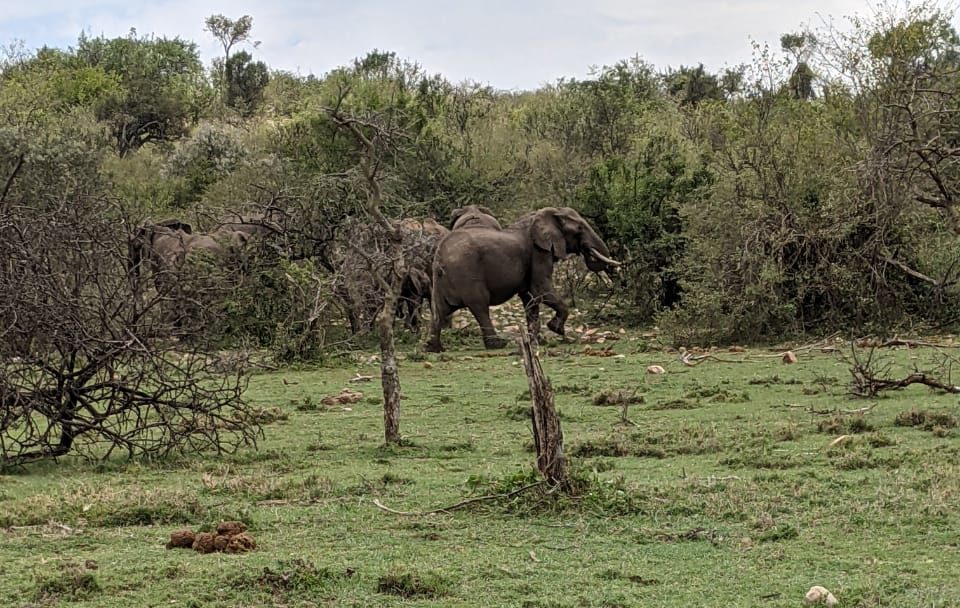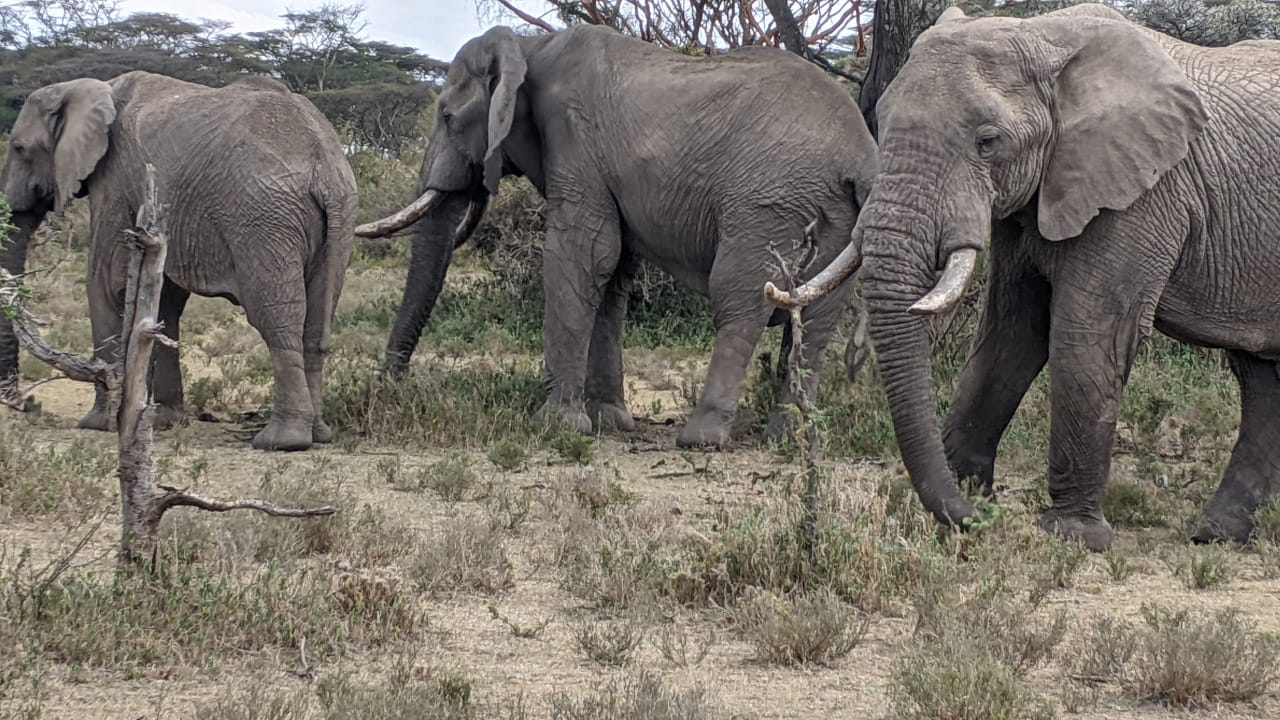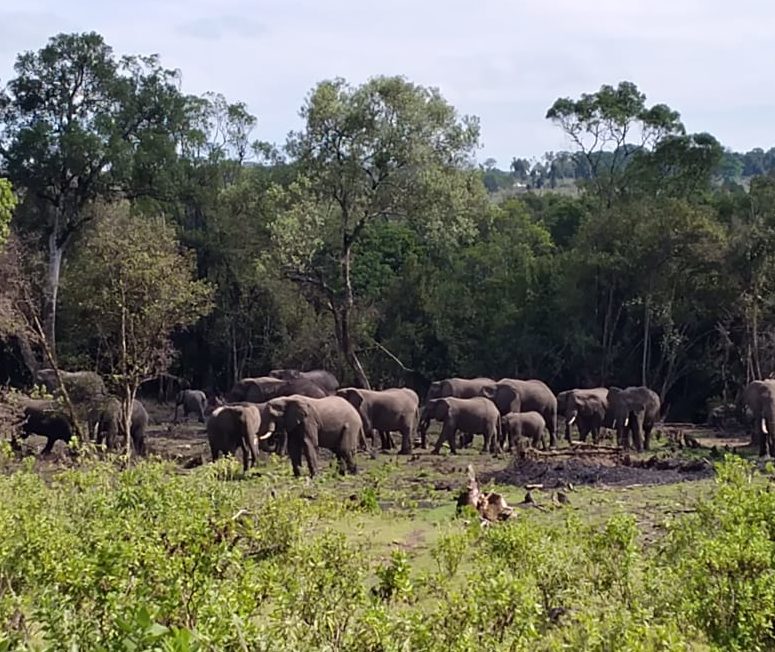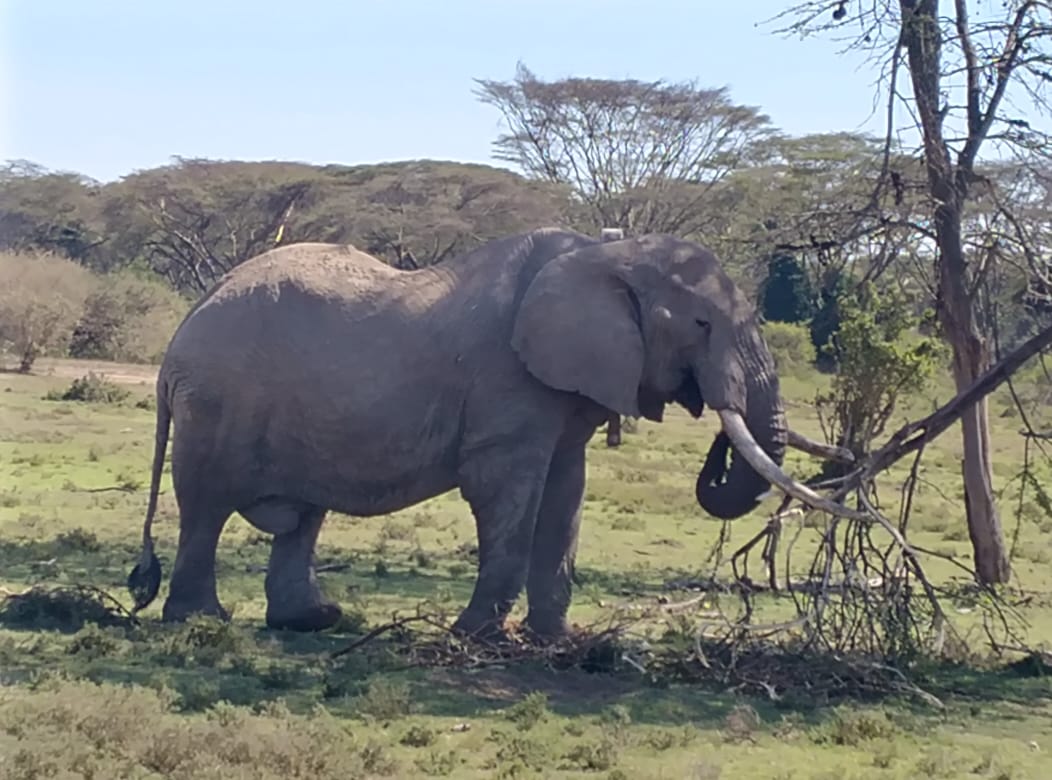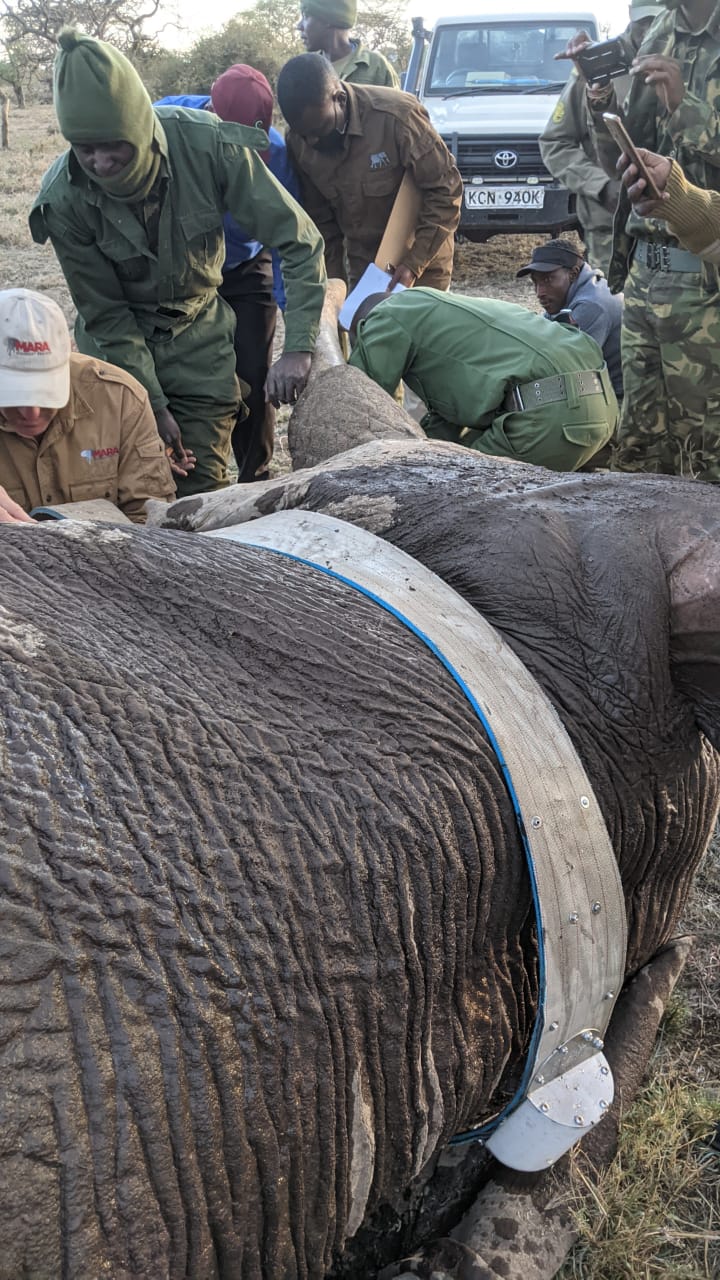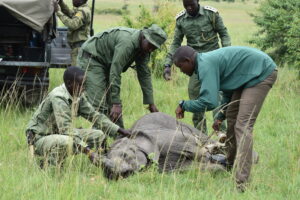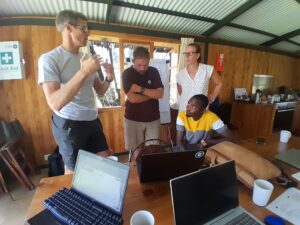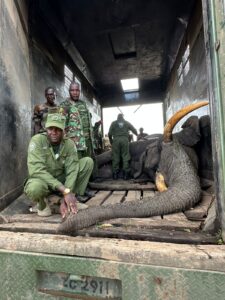A critical tool for the Mara Elephant Project Research Department is EarthRanger and in the fourth quarter we were able to host various members of the EarthRanger team at MEP HQ and MEP’s Director of Research and Conservation Dr. Jake Wall attended an EarthRanger conference. In October, EarthRanger Director Jes Lefcourt and Bruce Jones from business development were at MEP HQ and were able to participate in field activities and see first-hand how EarthRanger plays a role in these operations. Then, in early November, Jake attended the EarthRanger conference which brought users together to share their stories and hear about each other’s work. Jake presented on three new technologies that MEP is developing with partners that are within the EarthRanger ecosystem of software. EarthRanger has now grown to 187 sites in 40 countries. Later that month, Jordan Steward communications manager for EarthRanger joined us at MEP HQ to gather stories from the field of EarthRanger in action.
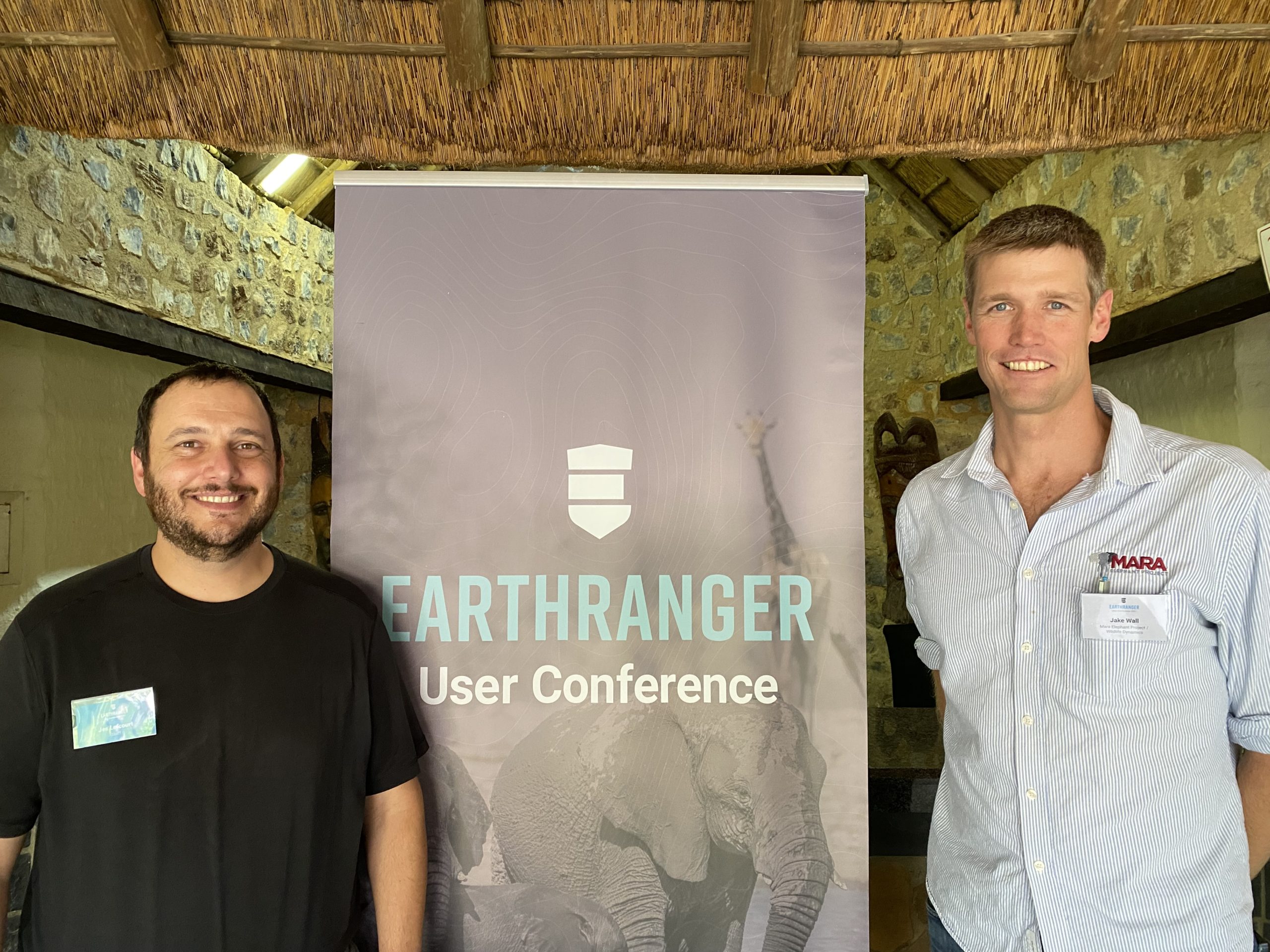
Jake alongside Jes at the EarthRanger conference.
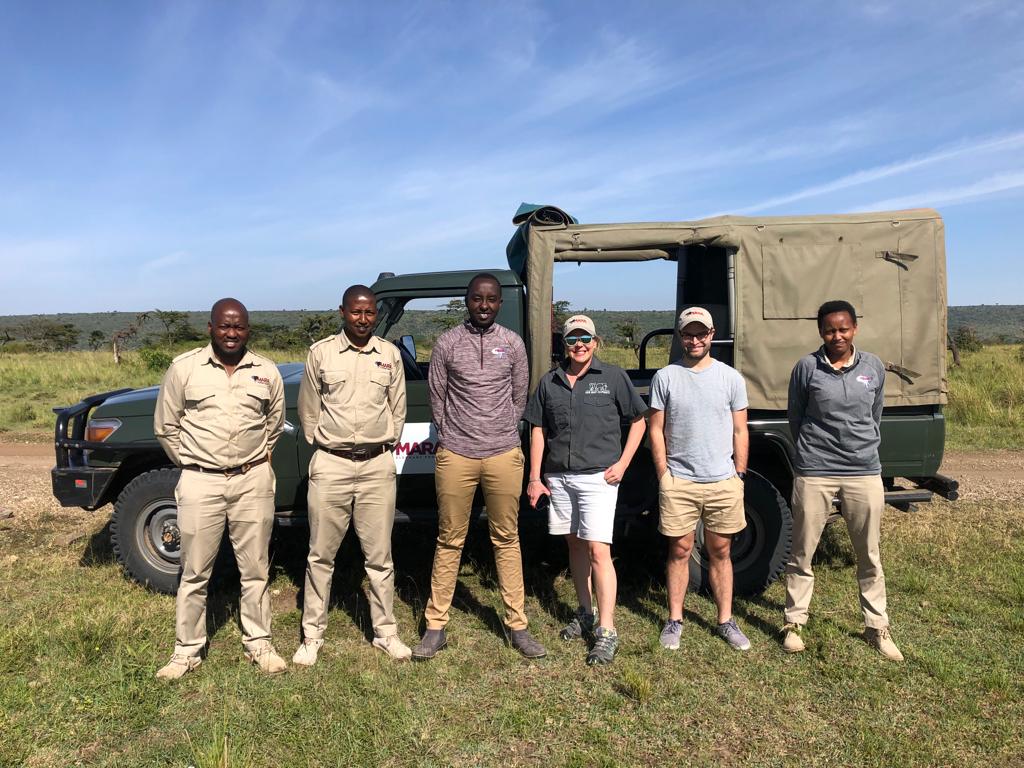
EarthRanger communications manager Jordan with the LTM team.
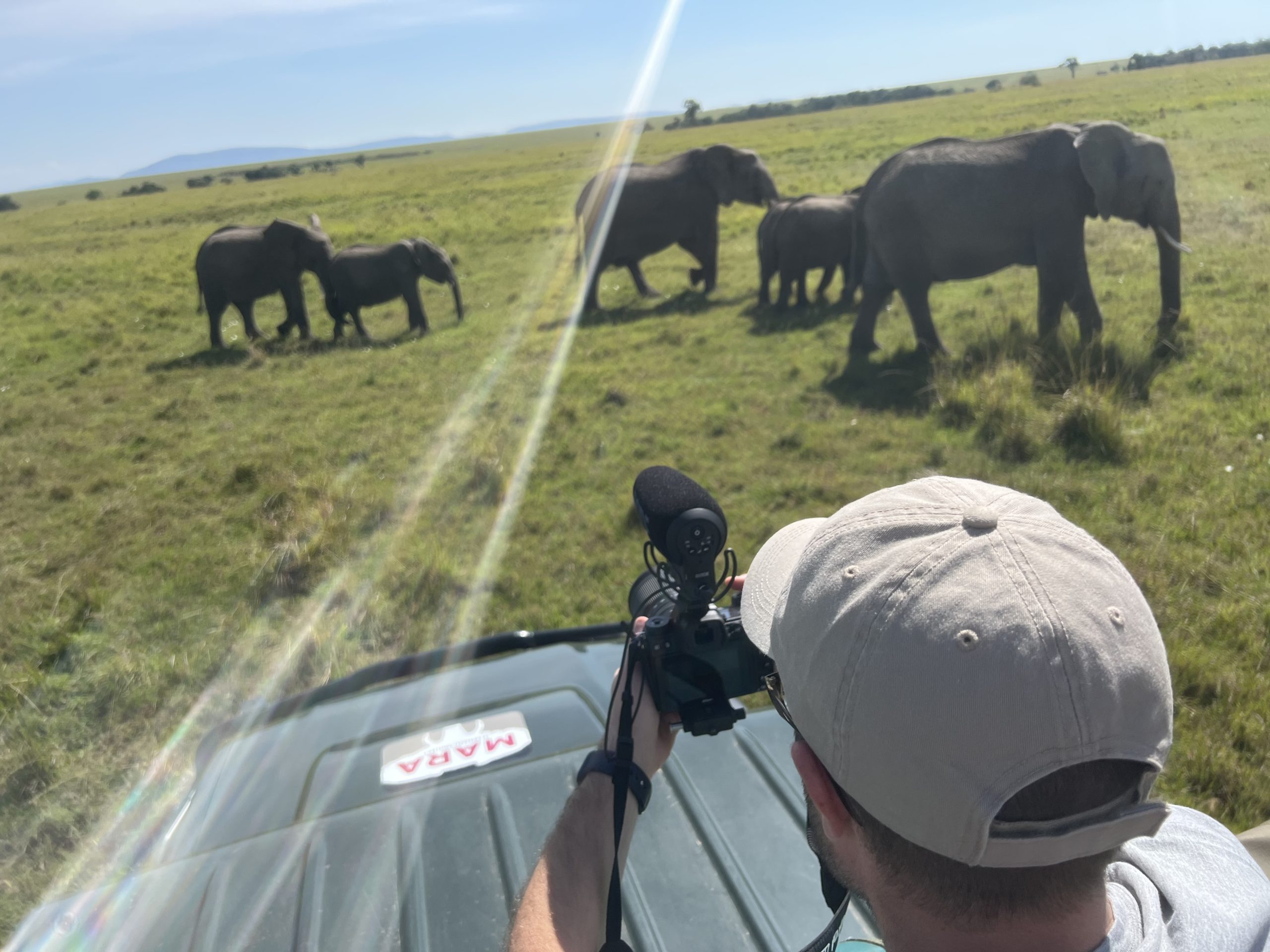
EarthRanger's Jordan with the LTM team.
A paper co-authored by Jake was released in November. In the paper, “Risk perception and tolerance shape variation in agricultural use for a transboundary elephant population”, it was discovered that elephants are balancing the costs and benefits of crop raiding both spontaneously and seasonally. The study by Colorado State University (CSU), MEP, Grumeti Fund, Kenya Wildlife Service (KWS), Tanzania Wildlife Research Institute (TAWIRI), and Save the Elephants (STE), was published in the Journal of Animal Ecology. The MEP Research Department made progress with their ‘mascropscope’ project to include functionality for calculating kernel density home ranges and their isopleth which are fundamental to understanding where elephant dispersal and core range exists based on GPS tracking data. They renamed two python software libraries: Conservation Macroscope -> ecoscope and pymet -> movdata. Both libraries are now available on the PyPI python package index and can be freely installed. Both will be open sourced in 2022. MEP’s developer Zak is making great progress on both libraries, and they now have an easy way to upload, download and visualize data from EarthRanger.
We continue to make progress in the field mapping fences, roads and landcover ground-truthing points. In the fourth quarter, movements of MEP’s three field assistants show that they recorded 499 km of fences and 182 LCC points. The MEP long-term monitoring (LTM) team continues to make great progress monitoring the Mara’s elephants. They participated in a few elephant treatments, including the one on October 7 where three baby elephants needed treatment for snare wounds. On October 14, the MEP LTM team photographed one of the babies treated for a snare wound around his neck looking vibrant, playful and healthy in the Mara Triangle. MEP and others partnered with KWS Vet Dr. Limo from the Sheldrick Wildlife Trust Mara Mobile Vet Unit to save this baby’s life.
Sara Beery is a collaborator on MEP’s ElephantBook system that automates the identification of elephants using information captured by the MEP LTM team. She was recently interviewed for Mongabay magazine and speaks about her work with MEP.
In the fourth quarter, KWS, Wildlife Research and Training Institute (WRTI) and MEP successfully collared three elephants. On October 21, KWS, WRTI and MEP re-collared Lempiris in the Ngosuani area. The collaring operation using the MEP lease helicopter was a successful joint operation thanks to KWS Vet Dr. Limo and Olarro Conservancy.
The collaring operation for Lempiris.
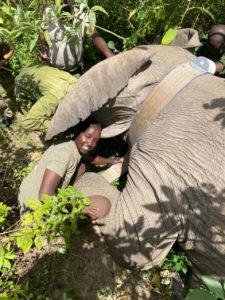 On December 7, KWS, WRTI and MEP re-collared elephant Fitz, sponsored by Angama Foundation, in the Nyakweri Forest alongside KWS Vet Dr. Limo. The MEP leased helicopter was essential to this successful operation, helping push Fitz out of the dense forest and into a clearing where he could be safely re-collared.
On December 7, KWS, WRTI and MEP re-collared elephant Fitz, sponsored by Angama Foundation, in the Nyakweri Forest alongside KWS Vet Dr. Limo. The MEP leased helicopter was essential to this successful operation, helping push Fitz out of the dense forest and into a clearing where he could be safely re-collared.
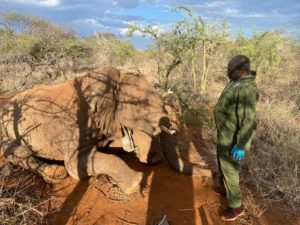 KWS, WRTI and MEP collared a new elephant candidate on November 19 alongside KWS Vet Dr. Limo. The female elephant resides in a herd of over 60 elephants in the Mosiro area and she was collared in response to an escalating conflict incident in the area. The female elephant, “Indy”, was sponsored by the Indianapolis Zoological Society, and was done under a long-term collaboration between KWS, WRTI and MEP to understand habitat connectivity, resource allocation and conflict mitigation as well as elephant protection in the area.
KWS, WRTI and MEP collared a new elephant candidate on November 19 alongside KWS Vet Dr. Limo. The female elephant resides in a herd of over 60 elephants in the Mosiro area and she was collared in response to an escalating conflict incident in the area. The female elephant, “Indy”, was sponsored by the Indianapolis Zoological Society, and was done under a long-term collaboration between KWS, WRTI and MEP to understand habitat connectivity, resource allocation and conflict mitigation as well as elephant protection in the area.
There were many collared elephant sightings on the ground by rangers in the fourth quarter.
